Figure shows four Gaussion surfaces consisting of identical cylindrical midsections but different end caps. The surfaces central axis of each . Cylindrical midsection , the end caps have these shapes, S1 convex hemispheres S2 concave hermisphere S3 cones S4e flat disks. rank the surfaces acccording to (a) the net electric flux through them and (b) the electric flux through the top end caps , greatest first.
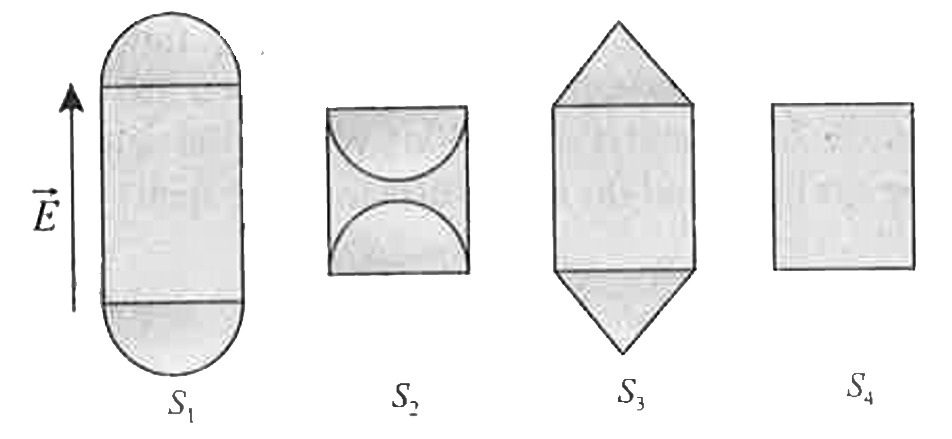
net flux through all the four Gaussion surface will be equal
the electric flux though the top end cops will be equal
the electric flux through the top end cap S1 is greatest
the electric flux through the top end cop S3 is greatest
The correct Answer is:a,b
Step by step video solution for Figure shows four Gaussion surfaces consisting of identical cylindrical midsections but different end caps. The surfaces central axis of each . Cylindrical midsection , the end caps have these shapes, S_(1) convex hemispheres S_(2) concave hermisphere S_(3) cones S_(4)e flat disks. rank the surfaces acccording to (a) the net electric flux through them and (b) the electric flux through the top end caps , greatest first. by Physics experts to help you in doubts & scoring excellent marks in Class 12 exams.
Updated on:21/07/2023Topper's Solved these Questions
- ELECTRIC FLUX AND GAUSS LAWBook:CENGAGE PHYSICS ENGLISHChapter:ELECTRIC FLUX AND GAUSS LAWExercise:Subjective type
Explore 7 Videos
- ELECTRIC CURRENT AND CIRCUITBook:CENGAGE PHYSICS ENGLISHChapter:ELECTRIC CURRENT AND CIRCUITExercise:Interger
Explore 8 Videos
- ELECTRIC POTENTIALBook:CENGAGE PHYSICS ENGLISHChapter:ELECTRIC POTENTIALExercise:DPP 3.5
Explore 15 Videos
Similar Questions
A suface has the area vector →A(2ˆi+3ˆj) what is the flux erof a uniform electric though the area if the field is a→E=4ˆiN/cand→E=4ˆkN/C ?
View SolutionNine wires each of resistance R are connected to make a prism as shown in figure. Find the equivalent resistance of the arrangement across AB
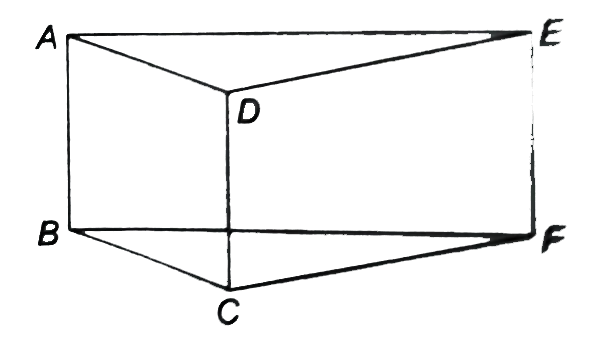
View SolutionIn the figure shown a conducting sphere of inner radius 'a' and outer radius 'b' is given a charge Q. A point charge 'q' is placed in the cavity of this sphere at distance 'x'(<a) away from the centre. Find the electric field intensity and electric potentials at point P (outside the sphere) at distance r>b. Also find the electric potential at point C

View SolutionA charge q is placed at the centre of the open end of a cylindrical vessel . The flux of the electric field through the surface of the vessel is
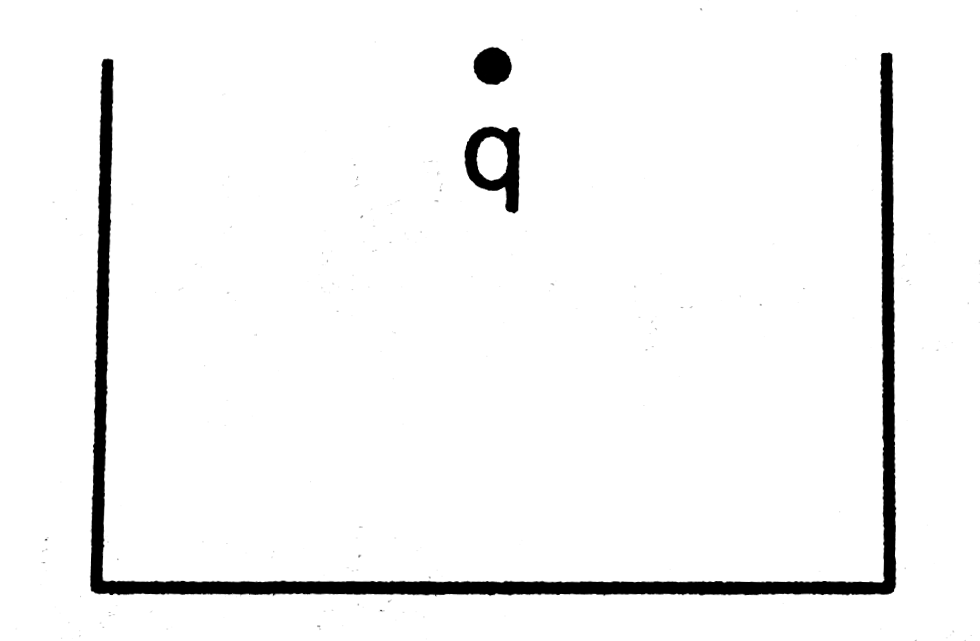
View SolutionConsider the hemispherical closed surface as shown in Fig. 3.19. if the hemisphere is a uniform magnetic field that makes an angle theta with the vertical, calculate the magnetic flux (a) through the flat surface S_(1) . (b) through the hemisphere surface S_(2) .
View SolutionS1andS2 are two bellow concentric spheres enclosing Qand3Q respectively as shown in Figure. What is the ration of electric flux through S1andS2? What would be electric flux through S1 ? If air inside S1 is replaced by a medium of dielectric constant 3 ?
View SolutionFigure shows four Gaussian surfaces consisting of identical cylindrical midsections but different end caps. The surfaces central axis of each . Cylindrical midsection , the end caps have these shapes, S1 convex hemispheres S2 concave hemisphere S3 cones S4e flat disks. rank the surfaces according to (a) the net electric flux through them and (b) the electric flux through the top end caps , greatest first.

View SolutionThe ratio of ψε passing through the surfaces S1 and S2 is-
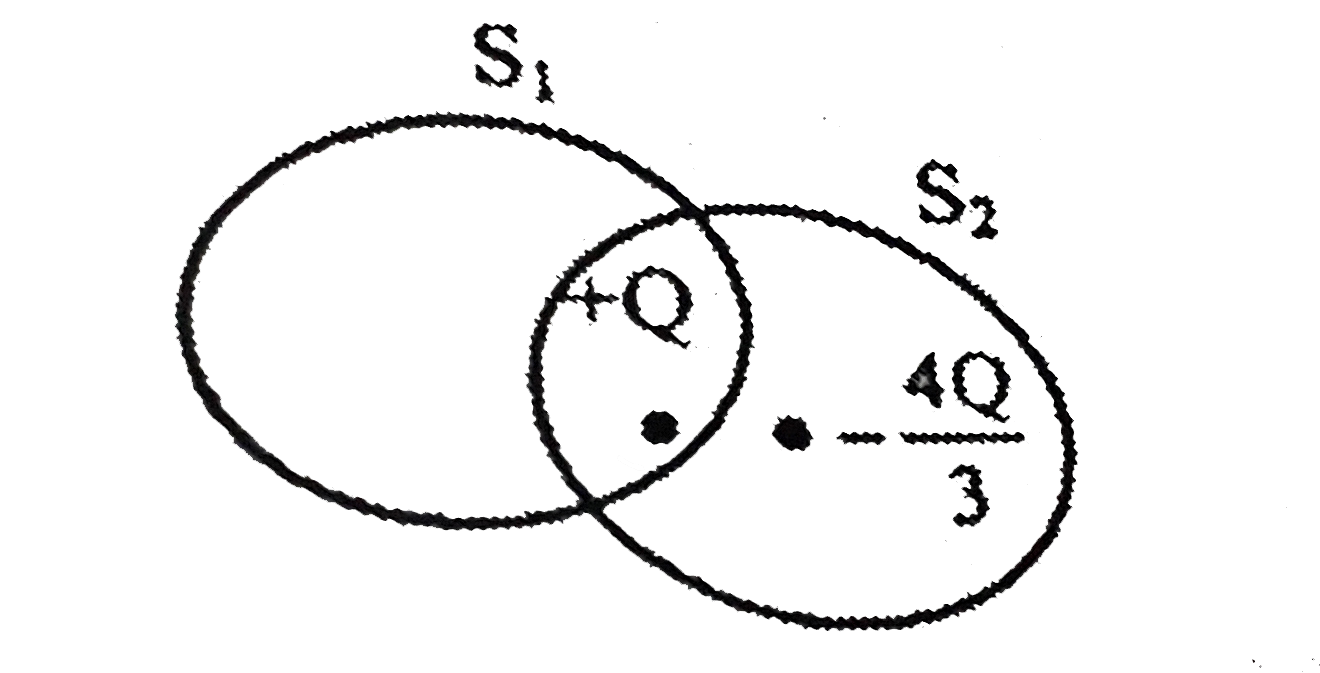
View SolutionS1andS2 are two concentric sphere enclosing charges 2Q and 3Q respectively as shown in the figure. What is the ratio of the electric flux through S1andS2?
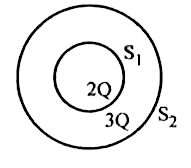
View SolutionA conducting sphere S1 intersects a closed surface S2 as shown in the figure.A positive charge q is placed at a point P .What is the value of electric flux through the surface S2 ? q P
View SolutionThree charges q1=1μc,q2=2μc and q3=−3μc and four surfaces S1,S2,S3 and S4 are shown. The flux emerging through surface S2 in N−m2/C is-
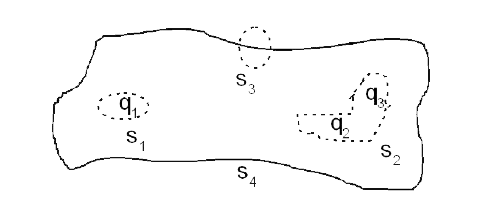
View SolutionA charge q is placed at the centre of the open end of a cylindrical vessel . The flux of the electric field through the surface of the vessel is

View SolutionA charge q is placed at the centre of the open end of cylindrical vessel. Find the flux of the electric field through the surface of the vessel.
View SolutionA charge q is placed at the centre of the open end of cylindrical vessel. Find the flux of the electric field through the surface of the vessel.
View SolutionConsider the hemispherical closed surface as shown in Fig. 3.19. if the hemisphere is a uniform magnetic field that makes an angle theta with the vertical, calculate the magnetic flux (a) through the flat surface S_(1) . (b) through the hemisphere surface S_(2) .
View Solution
